I am working on this project where I am going to make a soil moisture sensor. The principal that I'm going to use is the change of capacitance of the soil with moisture. What I'm going to do is make a capacitor that would be buried under the soil, and connect it to an oscillator. Then I'm going to get the output frequency from the oscillator and use it to calibrate and measure the moisture level of soil. I know there had been several discussions about this project on this site and elsewhere on the internet but non of them answers my questions.
When thinking about which oscillator would best suit my project, the thing which popped into my head was to use a 555 timer based oscillator. Then after some research on the internet I read that an oscillator based on 74HC00 (NAND IC) would give better results. I'm including schematics of both the oscillators here. First one is the 74HC00 oscillator and the second is a classic 555 timer based one.
My first question is, Why 74HC00 based oscillator is suitable than a 555 timer based one? or are there any other suggestions (which I love to hear)?
The next question is rather subjective.
After getting the output frequency I am planning to connect the circuit into a speaker and make the frequency audible. That is, a pitch varying sound would be generated when the frequency changes. To do this, first I thought of feeding a sinusoidal wave as the input voltage, then send it through a quadrature oscillator and get a sinusoidal wave as the output. A capacitor in the quadrature oscillator is replaced with my sensor capacitor. This method is in contrast to the other two methods (using 74HC00 and 555) as discussed above as both of them are generating square waves as the output. This very much relates to the audio which I will get as the output.
So my second question is, would it be practical and worthy to use a sinusoidal oscillator instead of a square wave one if I want to get a frequency in the audible range? Are there any perks of using a sinusoidal wave to get a sound instead of using a square wave?



